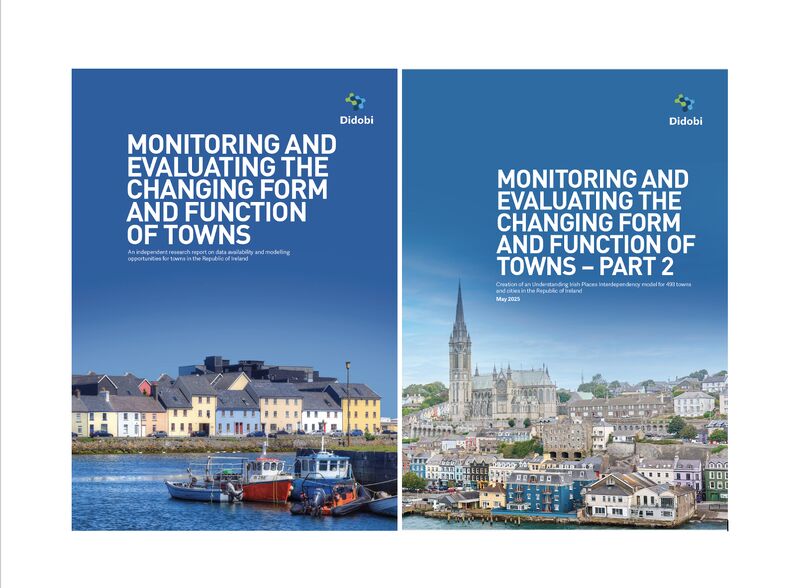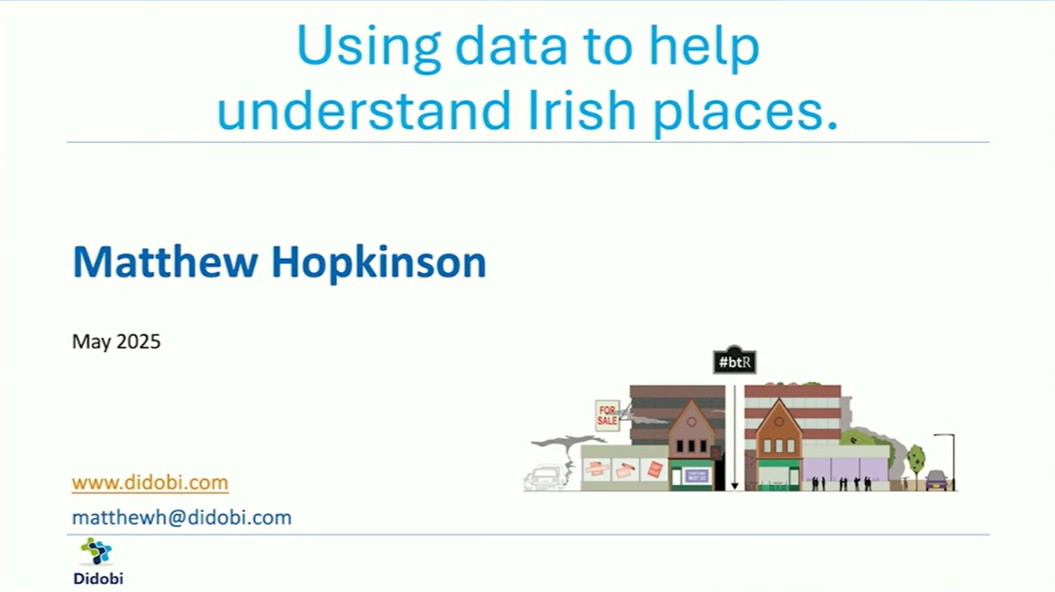
What do the Christmas retailer results tells us about the British High Street?
The majority of the Christmas sales results of the public companies have now been published. So what do they tell us about the state of retail and the British High Street? High Street is a commonly used term for a shop in many news outlets but the physical reality when you consider it as a ‘place’ is that it resides within a town or city centre and is a mix of unit sizes and with a number of landlords – some active and some passive or indeed not known at all. As such the aim of this blog is to look at an overview of results by retailer as best one can as not all will be measuring sales in the same way but where ever possible I have tried to take like for like sales for the Christmas period. Secondly, using the Local Data Company’s database I have looked at the proportion of a retailer’s stores that are on a High Street as defined above so that excludes shopping centres, retail parks and standalone stores.
The headlines have been mixed to say the least and you are either considered a winner or a loser. This does not show the real picture of what is happening and why – headlines yes, evidence based research no. The devil is always in the detail.
The devil is always in the detail.
There have also been stark headlines pointing to future performance of retailers in what is one of the most challenging and changing markets the sector has ever experienced.
Results summary
The chart below illustrates the variance in reported sales for a number of retailers who might be online only (e.g. Boohoo), in-store only (Primark) or do both (Joules). The variance in performance is from +38% for Mountain Warehouse to -9.7% for BonMarche. The variance is therefore nearly 5,000 basis points.
Therein lies the challenge – why such extremes in performance? Is it management? Is it strategy? Is it product? Is it service? Is it price? Is it marketing? Or something totally random? There is no easy answer to this question and each retailer has to be looked at in some detail in order to establish a view of any remote merit. That said there are some interesting variances between the sales numbers when split out by channel. For example, Mountain Warehouse’s amazing numbers were primarily driven by an increase of 77% in online sales. How did the stores contribute to this and without them would the number be much lower? At the other extreme in performance where Moss Bros saw a 8% decline in sales overall yet its online sales grew by 12.3%.
Increasingly the debate amongst the retail community and its observers is around discounting and promotions that appears to many to be non-stop. In many cases the retailers and leisure operators have conditioned the consumer to only buy on promotion unless they are stupid or incredibly wealthy! An example would be when did you last buy a pizza from any of the major operators that was not part of a promotion?
“when did you last buy a pizza from any of the major operators that was not part of a promotion?”
Discounting has created the most significant issues for retailer profitability and imported events such as Black Friday and Cyber Monday have not helped. You have to be very sure of your brand and offer to not follow the discounting crowd and if you are John Lewis then it is obligatory in order to meet their mantra of ‘Never Knowingly Undersold’ which has been their core value proposition since 1925. The retail industry (outside of food retailing where it is the market DNA) have realised the impact that rising costs and reducing prices is having on them and there is a graveyard of firms that have been driven out of business as a result. That said retailers such as Next have held a strong line on sales periods and most recently Joules and Fat Face have been very transparent about pre-Christmas pricing. In fashion where returns are often thirty plus percent then to buy a product at price x and then weeks later see it at x minus 20% firstly drives returns up and customer loyalty away. In January 2016 in the FT, Iain Prince of KPMG said “It can cost double the amount for a product to be returned to the supply chain as it does to deliver it.” In May 2016 Savvy Marketing (research for the BBC) reported that of 1,000 online shoppers of women’s clothing 63% of them had returned one or more items. A report out this month by Parcelhero shows that online retailers saw return rates as high as 60% over Christmas and the costs for online returns versus via a shop is much higher. Such stats are killing retailer profitability especially the online only operators. New initiatives by ASOS at the end of last year such as ‘try before you buy’ raise the stakes massively for all.
‘Never Knowingly Undersold’
What happens to all this returned stock? Many retailers have warehouses full of returns that might not be able to be sold through normal channels so have to go via third party sellers such as eBay stores or specific clothing sites such as Depop and Vinted.
“Returns are killing retailer profitability.”
It is difficult to find accurate or comprehensive data on the percentage or value of online sales by retailer. Add to this what is click and collect as well as returned to store and you have a very complex data bonfire! When working with retailers it is critical to supporting them if one knows the following;
- Total sales – instore, online delivered and online click & collect
- Sales breakdown as above by store with store size (trading space)
- Resulting store profitability
From the above by analysis of location, catchment, competitors, competing locations, footfall, e-propensity and other data you can create temporal performance analysis by store and then create a typology for your stores and then apply this when considering new locations. The ability to validate, aggregate, correlate and analyse such diverse data is critical to sound decision making today.
Where do High Street shops sit within the mix?
According to LDC 51% of retail and leisure units sit on high streets but as we have seen over the last 25 years it has been the rise of out of town retail and leisure parks and large shopping centres that have been the location of choice for many retailers. The chart below illustrates, using the LDC data, what proportion of High Street shops the retailers mentioned above have. As you will see there is considerable breadth from a few percent to over 50% and within the higher numbers you see retailers who have performed well in terms of sales and where their High Street presence might be considered a critical to brand promotion as well as servicing their customers across whatever sales channel they choose.
“servicing their customers across whatever sales channel they choose”
Figure 2. Proportion of High Street shops by retailer 2017 (source LDC)
Getting the full picture
If we are to measure the true value of a place then understanding the commercial viability of locations is key. This is where the massive challenge lies. Very few landlords and retailers in this country exchange transparent data on performance i.e. retailers share store sales breakdown along with online sales and landlords share rental data and detailed footfall analytics. Invariably where it does happen then it is a result of the lease and not for any other reason. Traditionally landlords and occupiers have been in conflict and this is commercial reality but one that needs to change. If everyone felt and saw the benefits of sharing data then we could really measure places and therefore manage our shops, assets and places much better for the benefit of all.
“manage our shops, assets and places much better for the benefit of all”
Whilst we know overall retailer sales as detailed above we don’t have an understanding by shop or location. Liverpool One, I believe, captures its tenants sales data, but is it in-store sales and how does online link to this both in terms of click and collect as well as returns. Shops are just as much marketing and service centres as they are transaction points. For example, it is interesting to note that this week it was published that St Pancras station in London has seen a growth in like for like sales of 10.1%.
Watching the ‘combat indicators’.
Asda’s income tracker (Net income minus basic spend) is a very interesting dataset that has been going for a similar time to LDC’s time series data. The money in consumer pockets (or credit card limits) determine retail sales. Of note in figure 3 is how income has risen but discretionary income is falling as a result of inflation outstripping any wage growth.
Figure 3. Asda Income Tracker and year on year change (excluding bonuses) (Source Asda/CEBR)
“lower income groups have reducing spend”
Figure 4 is the real one to watch as it illustrates where these changes are happening by income group and it shows that the lower income groups have reducing spend and this will make the discounter and supermarket markets even keener on prices and promotions in order to maintain market share which will in turn hit profitability or the supply chain.
Figure 4. Weekly discretionary income by income quintile November 2017 with year on year change in brackets (Source ASDA/CEBR)
Other data enable us to see current trends and these include consumer confidence where GfK’s tracker saw it at -13 in 2017 versus -7 in 2016. Footfall is another one where there can be mixed messages depending on the data provider be they measuring out of store footfall or instore footfall. There is a bi variance here as seen towards the end of the year where Springboard (external) reported a 4% decline and Ipsos (internal) a 0.9% increase but overall the trend for many years has been one of decline. This in part is because more people work, there are more retail destinations than over before be it the 3,000 major locations that LDC walks or standalone superstores, retail parks and as the St Pancras data shows travel hubs.
“physical retail continues to be at the heart of customer engagement”
The Christmas results, whilst a mixed bag show that physical retail continues to be at the heart of customer engagement, consciously or sub consciously, and that understanding micro markets, trends and the consumer is more critical than ever before. Technology and data enables you to do this but as with any evolution or change you must adapt, learn and be prepared to fail on occasions in order to succeed.
“understanding micro markets, trends and the consumer is more critical than ever before”
Let’s harness what we know, strive to know what we don’t and work in partnership for the good of all our stakeholders and the communities they reside in.






Leave a comment: